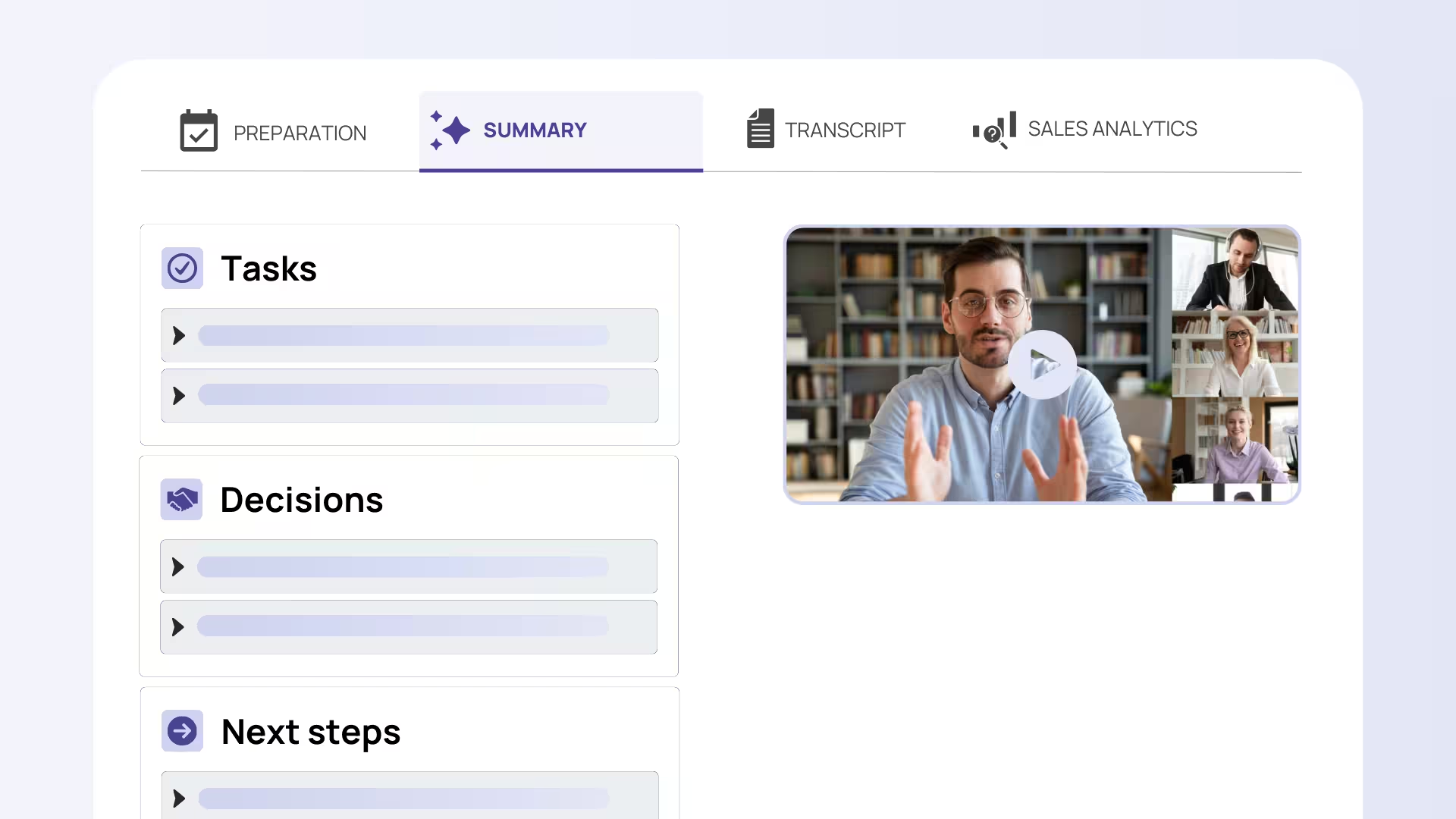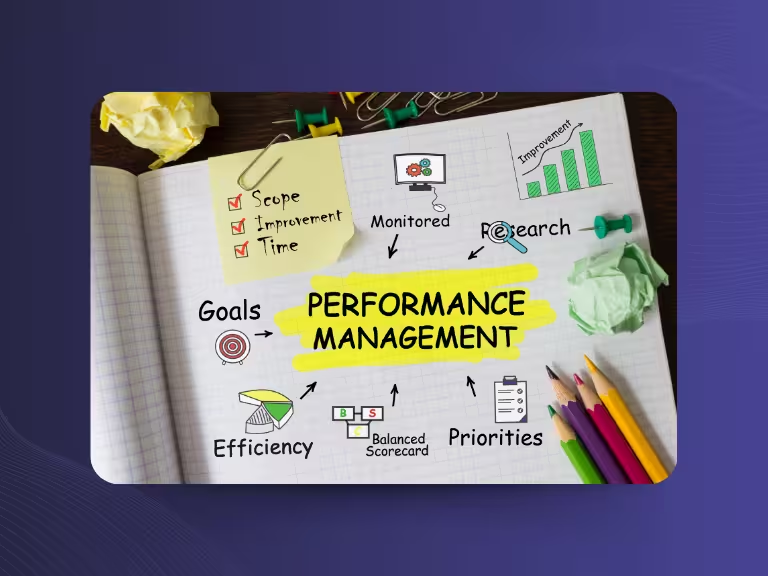Table of Contents
Introduction: Why Performance Management for Employees is Essential Today
In a working world characterized by rapid digitalization, constant change, and intensified competitive pressure, the targeted management and development of employee performance has become a crucial success factor. Performance management for employees has long evolved from traditional evaluation of individual performance to a comprehensive system that links corporate objectives with individual development.
Modern companies face the challenge of not only increasing productivity but simultaneously boosting employee engagement and retaining talent long-term. Performance management provides the appropriate framework for this: it ensures transparency in expectations, promotes continuous feedback, and creates clear development perspectives.
This article shows you how to successfully implement performance management in your company – from fundamental concepts and proven methods to practical tips for implementation.
Fundamentals: What is Performance Management for Employees?
Definition and Core Concepts
Performance management is a systematic process for planning, controlling, evaluating, and developing employee performance. Unlike pure performance evaluation, which often only occurs retrospectively and sporadically, performance management follows a holistic, continuous approach.
The core elements include structured goal agreements, regular feedback, well-founded performance assessments, and targeted development conversations. It's not only about measuring results but also about developing competencies and aligning individual goals with corporate strategy.
A modern performance management system creates a culture of continuous learning and improvement. It enables both employees and managers to proactively work on performance enhancement and identify potential early on.
The Most Important Process Steps in Performance Management
The performance management process is divided into four essential steps that continuously repeat and build upon each other.
Goal setting forms the foundation of the entire process. Methods like SMART goals have proven effective here – goals that are specific, measurable, achievable, relevant, and time-bound. The participatory development of goals, where employees are actively involved, is important.

Regular feedback and agile performance tracking ensure continuous adjustments. Instead of waiting months for the next conversation, short, regular check-ins enable timely course corrections and promote dialogue between managers and employees.
Performance assessment occurs through various structured formats such as annual reviews or 360-degree feedback. This evaluates not only results but also working methods, competencies, and development potential.
From the assessment, concrete measures and development steps are finally derived. These can range from training and mentoring to new responsibilities.
Methods and Tools in Performance Management
Proven Methods for Performance Evaluation
360-degree feedback has established itself as a particularly valuable method because it incorporates various perspectives. Employees receive feedback not only from their direct supervisors but also from colleagues, customers, and potentially subordinate employees. This comprehensive view provides a balanced picture of performance and uncovers blind spots.
Key Performance Indicators (KPIs) offer the advantage of measurable, objective goals. However, they should be carefully selected to capture not only quantitative but also qualitative aspects of performance. The connection between individual KPIs and strategic corporate objectives is particularly important.
Development centers and individual competency analyses enable deeper examination of abilities and potential. They help identify development needs and develop tailored development measures.
Digital Tools and Technological Integration
Digitalization has revolutionized performance management. Modern software solutions like SAP SuccessFactors, Workday, or BambooHR offer integrated platforms that map the entire performance management cycle. These tools enable goal management, feedback collection, and development plan creation.
Cloud solutions and mobile applications have the decisive advantage of constant availability. Employees can view their goals, give and receive feedback, regardless of location and time. This promotes a continuous performance culture.
The possibility of real-time feedback and automated reports is particularly valuable. These create transparency and enable data-based decisions. Tools like Sally can contribute to automating meetings and feedback processes by documenting conversations, summarizing important insights, and structuring follow-up measures.

Goals, Benefits, and Added Value of an Effective Performance Management System
Corporate Goals and Strategic Alignment
Performance management serves as a central steering instrument for achieving corporate goals. It ensures that all employees direct their energy in the right direction and understand their individual contributions to overall success.
The connection between individual goals and corporate strategy creates clarity and motivation. When employees understand how their daily work contributes to the bigger picture, both the quality and motivation of their performance increase.
Benefits for Employees and Managers
For employees, a structured performance management system offers numerous benefits. Clear expectations and regular recognition significantly increase motivation. Studies show that employees actively involved in goal agreements are up to 50% more productive and significantly more loyal to their employer.
Development opportunities and career advancement become transparent and plannable. Employees receive concrete roadmaps for their professional development, which strengthens their commitment to the company.
Managers benefit from improved communication and leadership tools. The system supports them in specifically developing their employees and recognizing potential.

Long-term Development Instead of Short-term Evaluation
Modern performance management systems focus on holistic talent development with sustainable growth objectives. They integrate mentoring programs, training opportunities, and clear career paths into the evaluation process.
Participatory goal setting plays a crucial role in employee retention. When employees are actively involved in formulating their goals, they take more responsibility for achieving them and feel more connected to the company.
Success Factors and Implementation Challenges
Criteria for a Good Performance Management System
An effective performance management system is characterized by high flexibility and adaptability. It must consider different professional roles and modern work models like home office or hybrid work arrangements.
The integration of diversity aspects in evaluation and development is essential. Different cultural backgrounds, work styles, and life situations require individually adapted evaluation criteria and development plans.
An open, error-friendly corporate culture forms the foundation for successful performance management. Only when employees feel safe giving and receiving honest feedback can the system unfold its full effect.
Employee Involvement as Key to Success
Co-determination in goal agreements and feedback cycles is crucial for system acceptance. Employees who feel like active shapers of their performance management process show significantly higher engagement values.
Transparency, trust, and acceptance emerge through open communication about evaluation criteria and development opportunities. Employees should always understand how they are evaluated and which steps contribute to their development.
Competency Development for Managers
Training and development of managers is a critical success factor. Many managers are not sufficiently prepared to conduct performance conversations or provide constructive feedback.
Managers should act as coaches and mentors in the performance process. This role requires special competencies in conversation management, conflict resolution, and employee development.

Dealing with Potential Resistance and Bureaucratic Hurdles
One of the most common problems is the perception of performance management as an "annual review as obligatory exercise." The solution lies in developing an agile process that occurs continuously rather than sporadically.
Digital tools can significantly contribute to simplification and time savings. They automate administrative tasks and enable focus on the really important aspects – employee development.
Conclusion: Performance Management as Key to Sustainable Corporate Success
Performance management for employees is far more than just an evaluation system – it's a strategic instrument for sustainable corporate success. The key insights show that successful implementation is based on four pillars: continuous feedback instead of sporadic evaluation, technological support for efficiency and transparency, participatory approaches for higher acceptance, and a development-oriented culture.
The benefits are measurable: companies with effective performance management systems record higher productivity, better employee retention, and a more positive corporate culture. Employees feel valued, have clear development perspectives, and contribute more motivated to corporate success.
Future trends like AI-supported analyses, mobile tools, and even stronger employee centricity will further revolutionize performance management. Companies that now rely on modern, holistic approaches create a decisive competitive advantage.
The first step is often the most important: Start with an honest analysis of your current system and develop a vision for performance management that sustainably develops employees and optimally supports corporate goals. Your employees – and thus your entire company – will benefit from it.

Try meeting transcription now!
Experience how effortless meeting notes can be – try Sally free for 4 weeks.
Test NowOr: Arrange a Demo Appointment

.avif)



